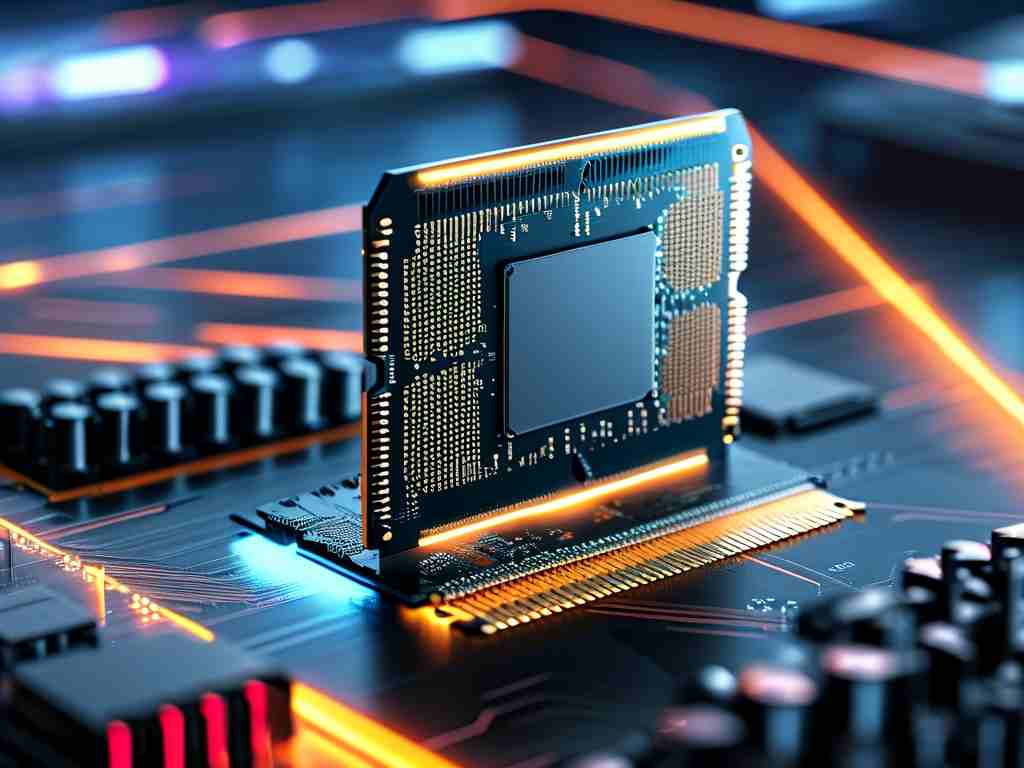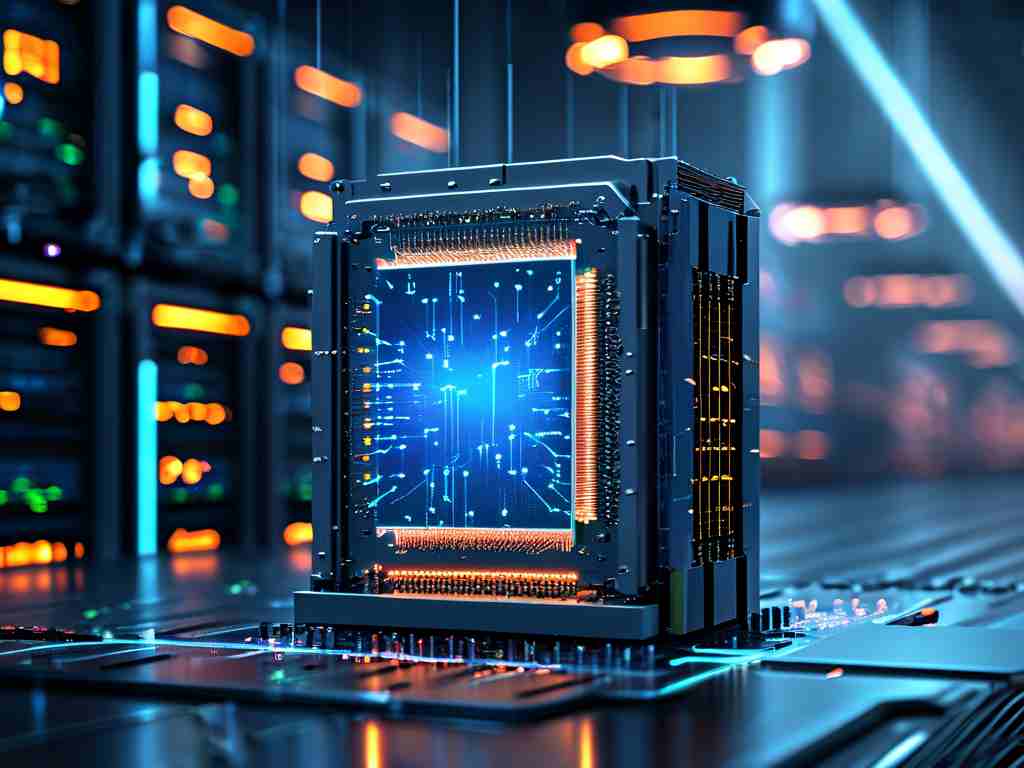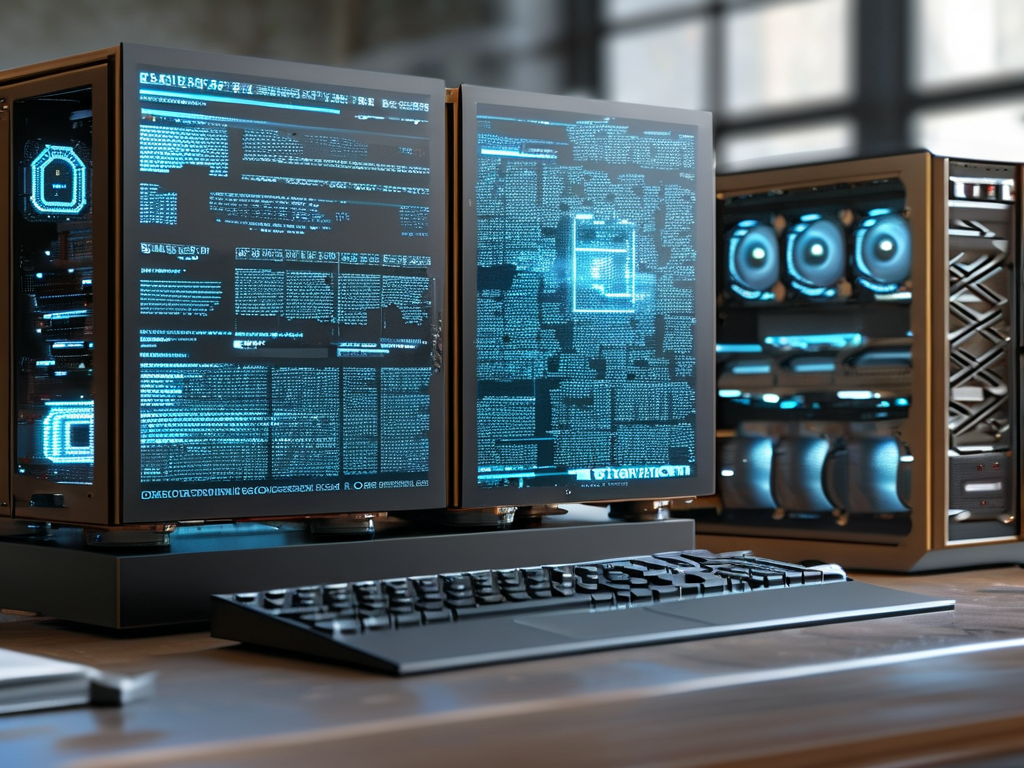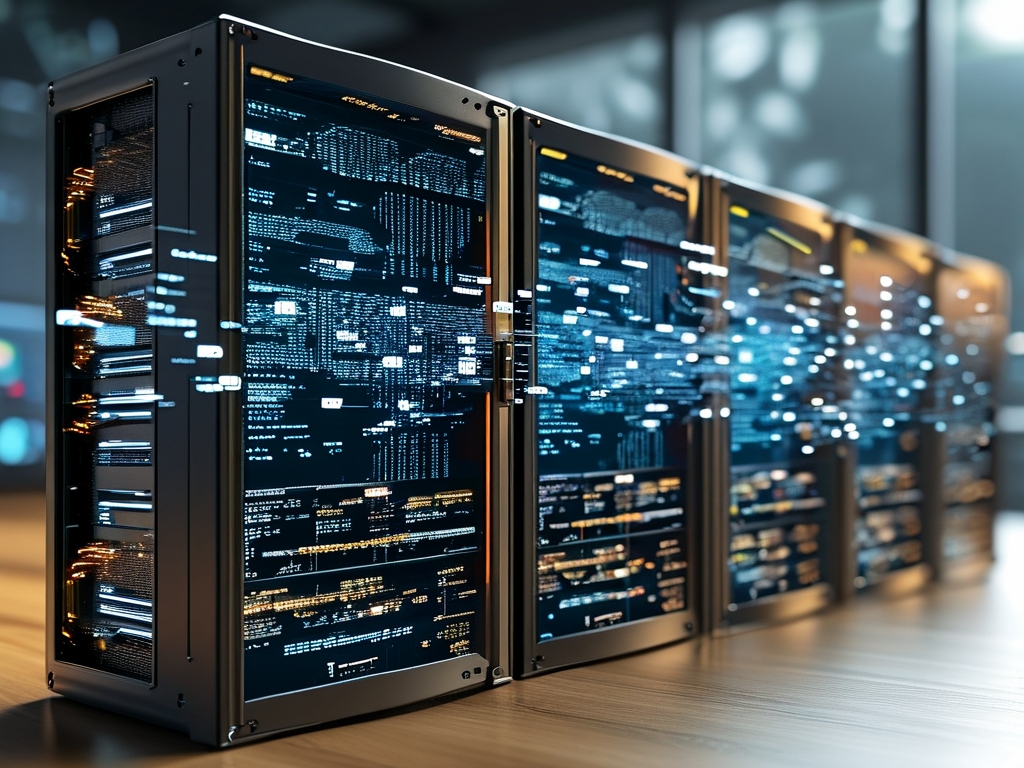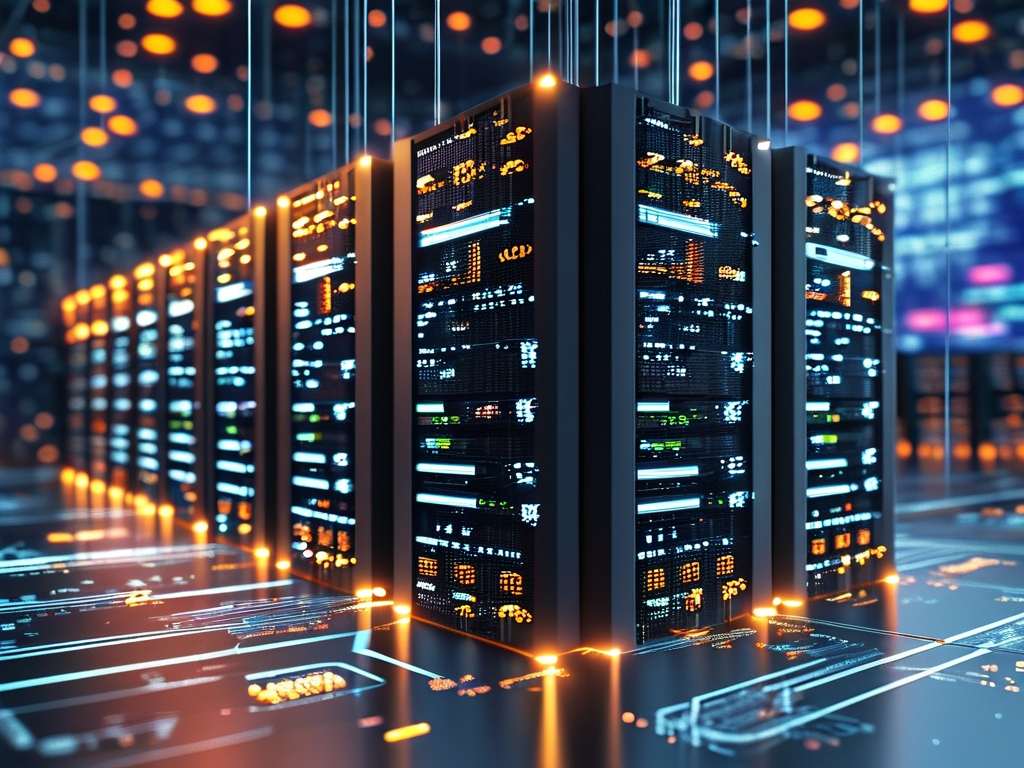The evolution of data processing demands has propelled memory computing frameworks into the spotlight, offering unprecedented speed by eliminating traditional disk-based bottlenecks. These solutions store and process data directly in RAM, enabling real-time analytics and decision-making across industries. Let’s explore the primary product categories shaping this transformative landscape.

1. Distributed In-Memory Data Grids (IMDGs)
Distributed IMDGs form the backbone of large-scale enterprise applications requiring horizontal scalability. Products like Apache Ignite and Hazelcast excel in distributing data across clusters while maintaining low-latency access. These frameworks often integrate with existing databases, acting as a caching layer that accelerates transaction processing. Financial institutions leverage IMDGs for fraud detection, where milliseconds matter in blocking suspicious activities. A typical deployment might involve synchronizing with a legacy SQL database while handling 500,000 transactions per second in memory.
2. Real-Time Analytics Engines
Frameworks like Apache Spark Structured Streaming and Druid specialize in continuous data analysis. Unlike batch processing systems, these platforms ingest streaming data from IoT sensors or web applications, applying complex computations in memory. Retailers use this category to monitor customer behavior during flash sales, dynamically adjusting recommendations. The architecture typically combines in-memory caching with parallel processing – for instance, Spark executors holding partitioned data in RAM while executing SQL-like queries.
3. In-Memory Databases (IMDBs)
SAP HANA and Redis represent two ends of the IMDB spectrum. While HANA delivers full ACID compliance for enterprise resource planning, Redis focuses on high-performance key-value storage. Gaming companies frequently employ Redis for leaderboard updates, where sub-millisecond response times keep player experiences seamless. Newer IMDBs now incorporate persistent storage layers, blending memory speed with disk reliability through technologies like non-volatile RAM (NVRAM).
4. Hybrid Transactional/Analytical Processing (HTAP)
Emerging frameworks like MemSQL (now SingleStore) bridge operational and analytical workloads. These systems enable simultaneous transaction processing and complex queries on the same dataset – a capability critical for e-commerce platforms managing inventory while generating real-time sales forecasts. HTAP architectures often utilize memory-optimized indexes and vectorized query execution, achieving 10x faster performance than separated OLTP/OLAP systems.
5. Edge Computing Optimized Frameworks
With 5G expansion, products like GridGain Edge and K3s cater to decentralized computing needs. These lightweight frameworks run on IoT gateways or mobile devices, processing local data in memory before syncing with central systems. Manufacturers implement such solutions for predictive maintenance, analyzing equipment sensor data at the source to prevent downtime. A typical edge node might use under 2GB RAM while handling data preprocessing tasks.
The choice between these categories depends on specific use case requirements. While IMDGs suit high-throughput transactional systems, HTAP solutions better serve businesses needing instant insights from live data. Developers must consider factors like data consistency models (strong vs. eventual) and integration capabilities with existing cloud infrastructure.
Looking ahead, innovations like CXL interconnect technology and computational memory architectures promise to further blur the lines between storage and processing. As enterprises prioritize real-time capabilities, understanding these memory computing framework types becomes crucial for building responsive, intelligent systems.


